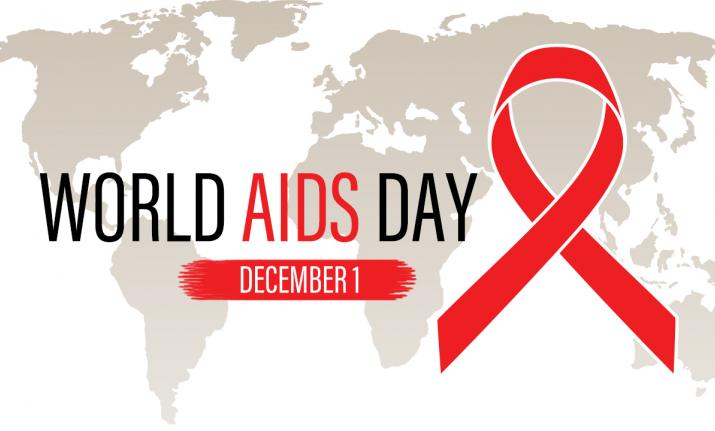AIDS have challenged modern lifestyles, fundamental hygiene practices and gender relations. As a result of the pandemic, US Surgeon General David Satcher, wishing to break the ‘conspiracy of silence’ surrounding human sexuality, urged for a national debate.
A lot of former surgeon generals have resigned after attempting to deal with HIV. Thus, Satcher produced a report that reflected America’s varied views on the subject.
📚 Read Also: AIDS to be Wiped Out by 2030
The report asked for open discussion on abstinence, safer sex practices and contraceptives in schools. Elsewhere, a statement has challenged even the idea of contraceptives; a topic that arose at the end of a 6-day Southern African Catholic Bishops’ Conference in Pretoria.
The bishops felt that, “Condoms may even be one of the main reasons for the spread of HIV/AIDS. Condoms can be faulty. But, they contribute to the breaking down of self-control and mutual trust”. They cited a different reason for the spread of HIV and AIDS – the decline in circumcised men.

Allah gave us guidelines in the Qur’an for all our health practices. The Qur’an even addressed the spreading of viruses. While HIV and AIDS have become the leading cause of death among women aged 20 – 40 in Europe, sub-Saharan Africa and North America, the world’s HIV and AIDS drug industry continues to fail at finding a cure.
Meanwhile, drug resistant viruses have increased and debates continue over the health benefits of male circumcision. This, however, doesn’t change the findings of John and Pat Caldwell, who tell a frightening story.
With over 30 years experience in family dynamics and fertility control in Sub-Saharan Africa, the Caldwells began working on sexually transmitted diseases there in the 1970s, taking all existing theories into account.
The most popular theory is that the disease itself originated there. However, this theory contradicts the fact that AIDS cases were in hospitals of Uganda and Rwanda at the same time as they did in the West.
The only common factor in the spread of AIDS in Africa that the Caldwells found was the issue of male circumcision, which was generally unpracticed in the heart of the AIDS Belt – Central African Republic, Southern Sudan, Uganda, Kenya, Rwanda, Burundi, Tanzania, Zambia, Malawi, Zimbabwe, and Botswana (Caldwell, p.40).
📚 Read Also: Science Learns the Value of Male Circumcision

In 1989, a joint Canadian-Kenyan medical research team at Kenyatta Medical School in Nairobi reported that during the previous year, the AIDS rate was higher among Luo migrants from Western Kenya than among the Kikuyu of Central Kenya.
The uncircumcised Luo men were more likely to have syphilis or chancroids – a sexually transmitted disease characterized by soft sores in the private area. They also had an unexpected elevated risk of contracting HIV (Caldwell, p.41).
An American team, led by John Bongaarts of the Population Council, also found that the regions across sub-Saharan Africa with high levels of HIV infection among local peoples correspond remarkably with the areas where men weren’t circumcised. The research drew upon statistics from the World Health Organization (Caldwell, p.44).
However, uncircumcised men in Tanzania didn’t need to wait for agreement among the researchers to come to their own conclusions. Based on their own observations of their community and of neighboring communities, they requested circumcision for themselves (Caldwell p.46).
Pages: 1 2 3